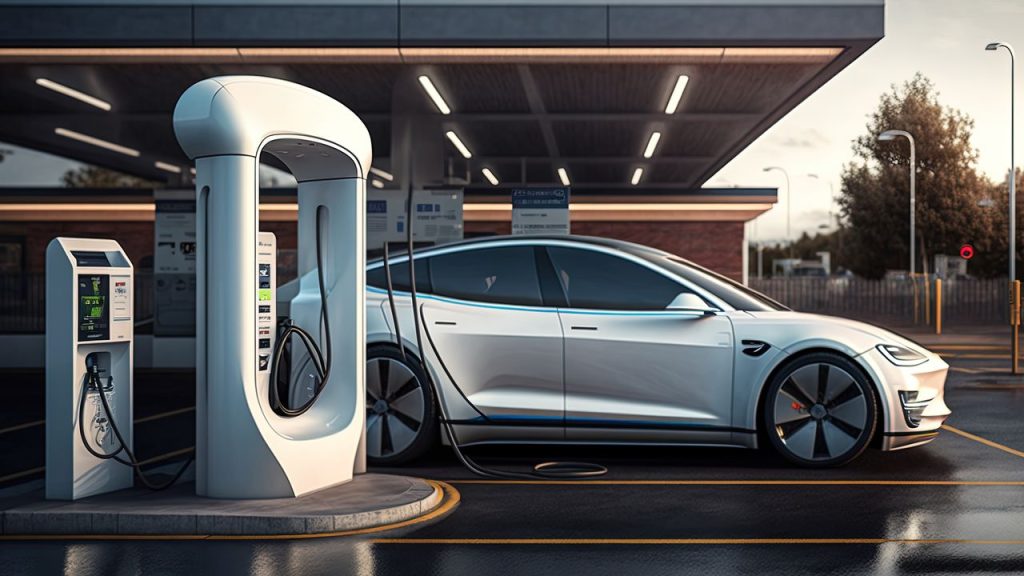EV Charging Platform Integration: Enhancing Hardware Integration, Scalability, and Collaboration
As the demand for electric vehicles (EVs) continues to rise, the need for efficient and reliable EV charging infrastructure becomes paramount. One crucial aspect of this infrastructure is the integration of charging platforms with various hardware components. This integration not only ensures seamless operation but also enables scalability and collaboration within the EV charging ecosystem.
Charging Platform Hardware Integration
When it comes to EV charging, hardware integration refers to the seamless connection between the charging platform and the physical charging equipment. This integration allows for real-time monitoring, control, and management of the charging stations, ensuring a smooth charging experience for EV owners.
By integrating the charging platform with hardware components such as charging stations, connectors, and meters, operators can remotely monitor the charging status, power consumption, and even perform diagnostics. This level of integration enables proactive maintenance, minimizes downtime, and optimizes the utilization of charging infrastructure.
Moreover, hardware integration allows for the implementation of advanced features such as dynamic pricing, load balancing, and demand response. These features help optimize the charging process, reduce energy costs, and ensure the efficient use of available resources.
Charging Platform Scalability
Scalability is a crucial factor in the design and implementation of EV charging platforms. As the number of EVs on the road continues to grow, charging infrastructure must be able to accommodate the increasing demand without compromising performance or user experience.
An integrated charging platform provides the flexibility to scale up the charging infrastructure as needed. By leveraging cloud-based technologies and robust communication protocols, operators can easily add new charging stations, expand existing ones, or integrate with third-party charging networks. This scalability ensures that the charging platform can adapt to the evolving needs of the EV market and support a growing number of EV owners.
Furthermore, a scalable charging platform enables load management and optimization. By intelligently distributing the charging load across multiple stations, operators can prevent grid overloads, reduce peak demand, and ensure a balanced distribution of resources. This not only benefits the grid but also enhances the charging experience for EV owners by minimizing waiting times and maximizing charging efficiency.
Charging Platform Collaboration
In the rapidly evolving EV charging landscape, collaboration among different stakeholders is crucial for the widespread adoption of electric vehicles. An integrated charging platform fosters collaboration by enabling seamless communication and data exchange between various entities within the EV ecosystem.
By integrating with other charging platforms, utilities, and service providers, operators can offer their customers access to a broader charging network. This collaboration allows EV owners to charge their vehicles at different locations, regardless of the charging network they belong to. It also simplifies billing and payment processes, providing a seamless experience for EV owners.
Collaboration also extends to data sharing and interoperability. An integrated charging platform can collect and analyze data on charging patterns, energy consumption, and grid performance. This data can be shared with utilities, grid operators, and other stakeholders to optimize energy management, plan infrastructure upgrades, and support the transition to a cleaner and more sustainable energy system.
Conclusion
EV charging platform integration plays a vital role in enhancing the performance, scalability, and collaboration within the EV charging ecosystem. By seamlessly integrating with charging hardware, ensuring scalability, and fostering collaboration, operators can provide a seamless charging experience for EV owners, optimize energy management, and support the widespread adoption of electric vehicles.


